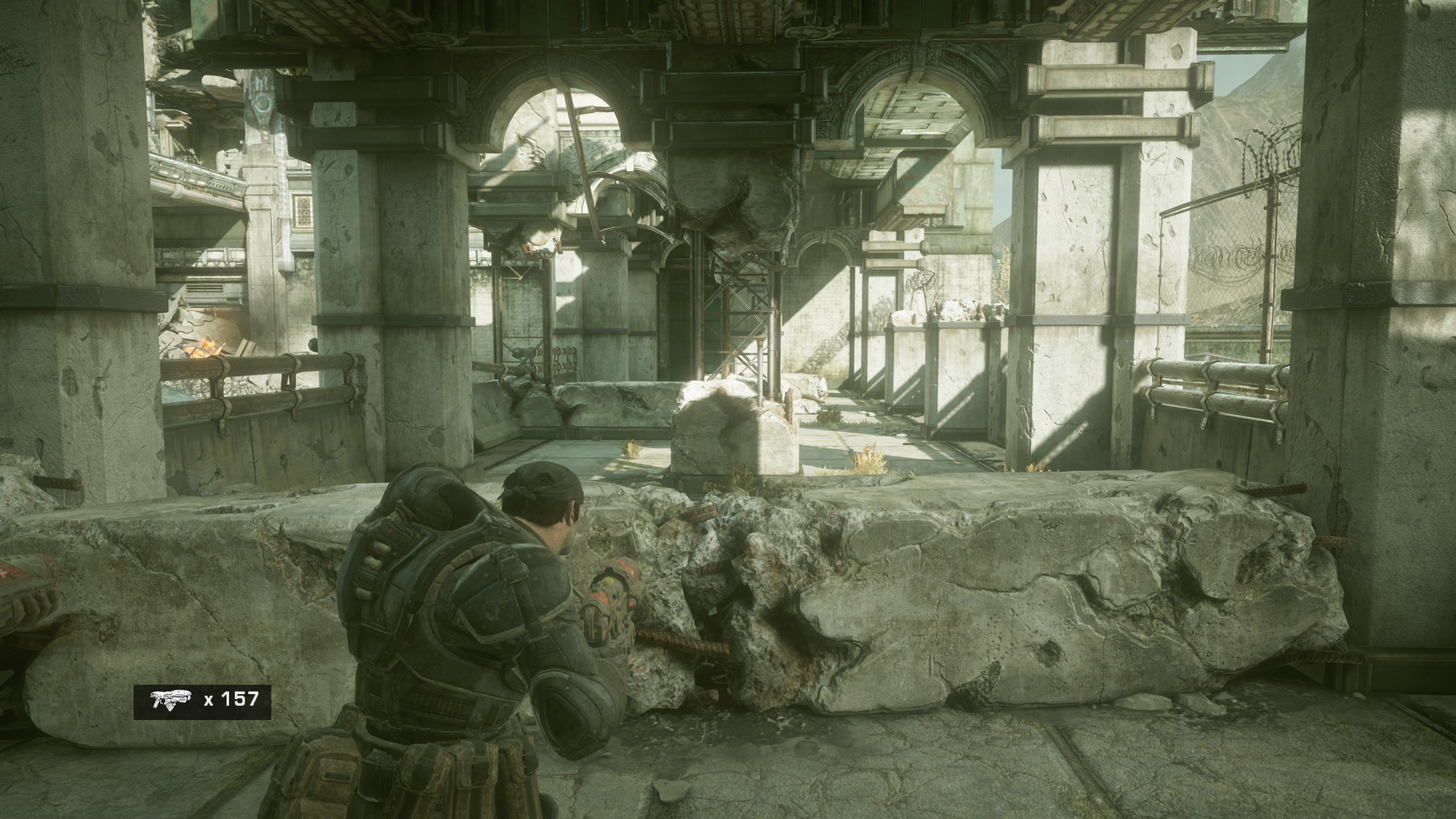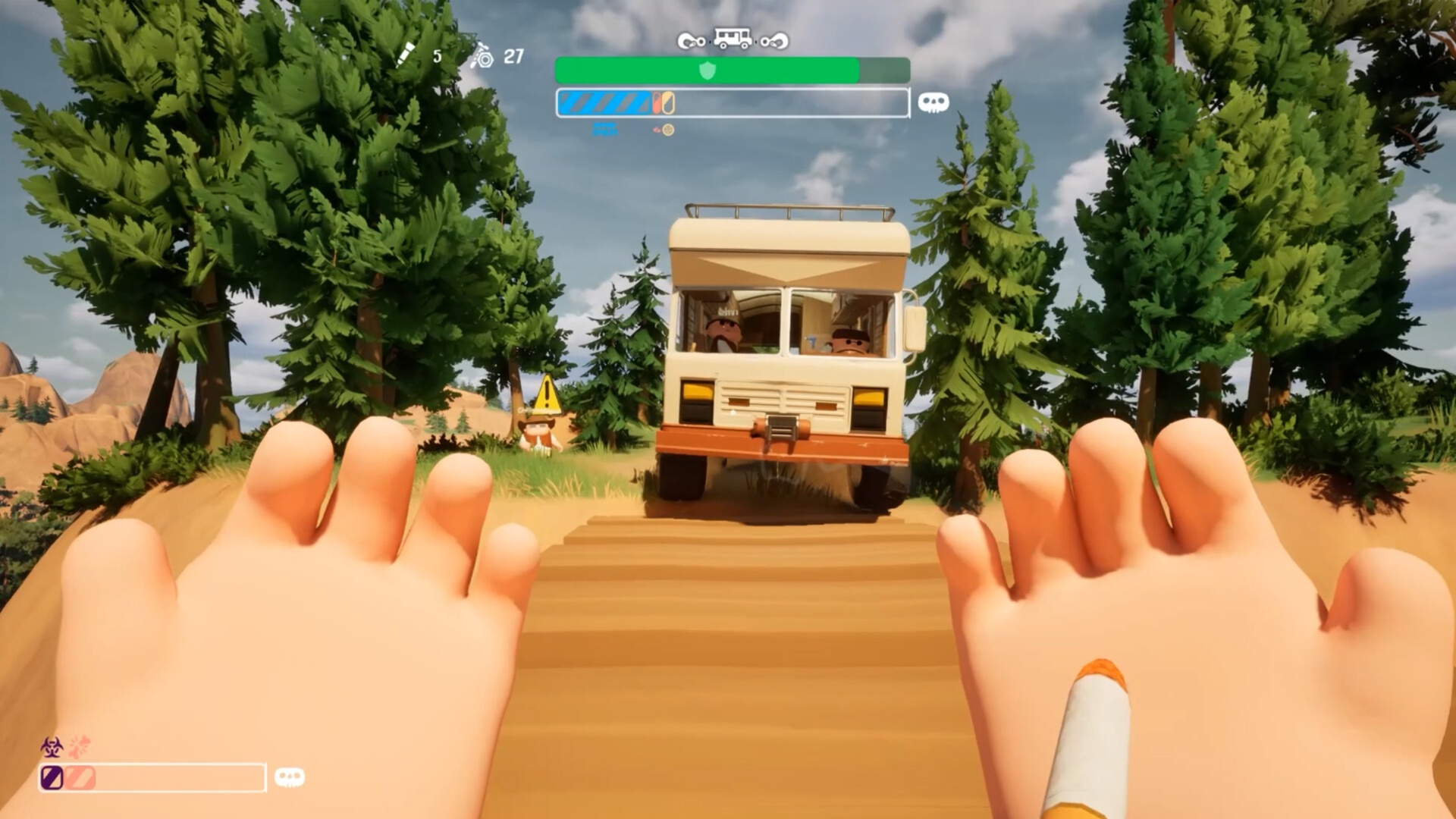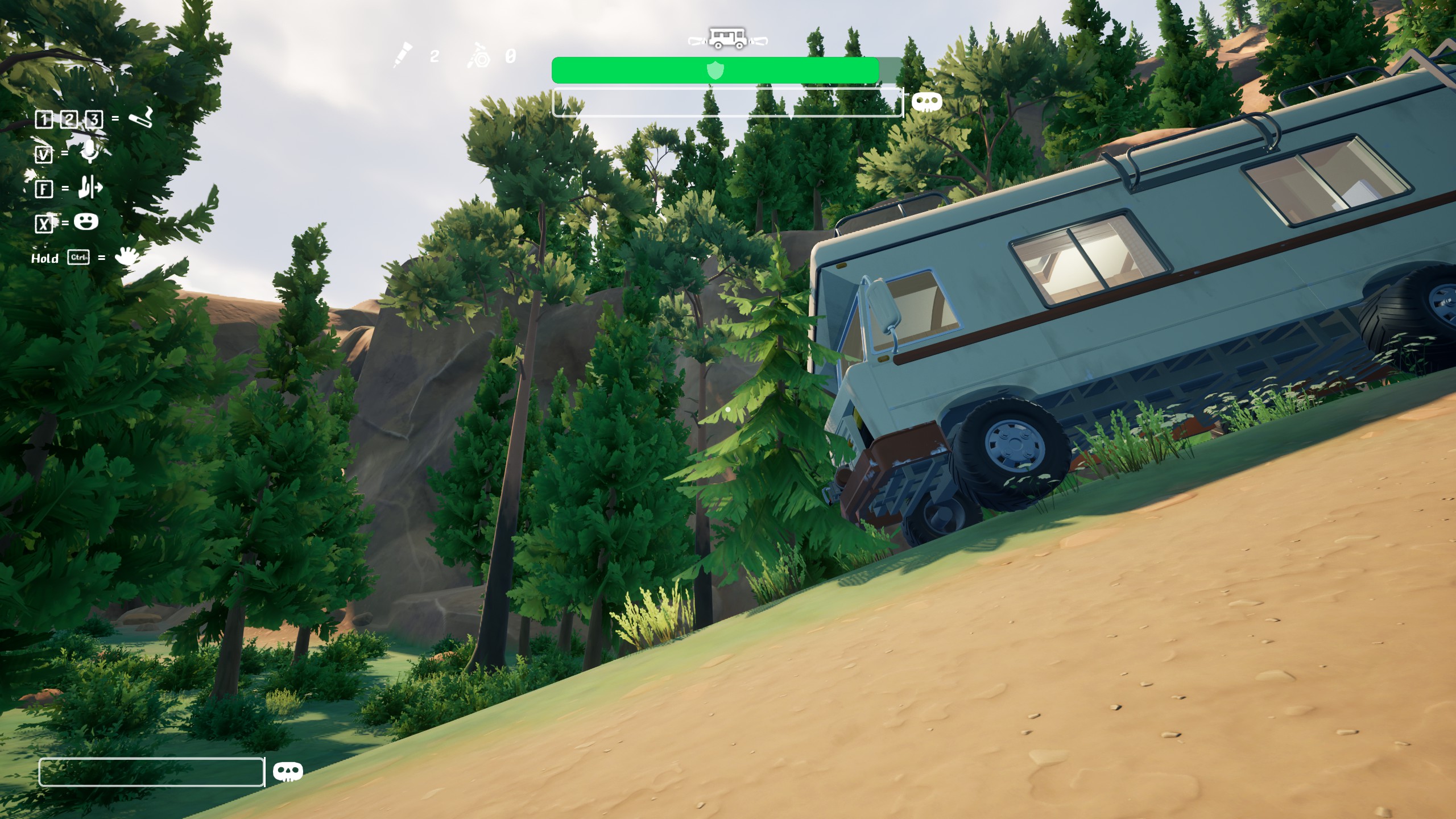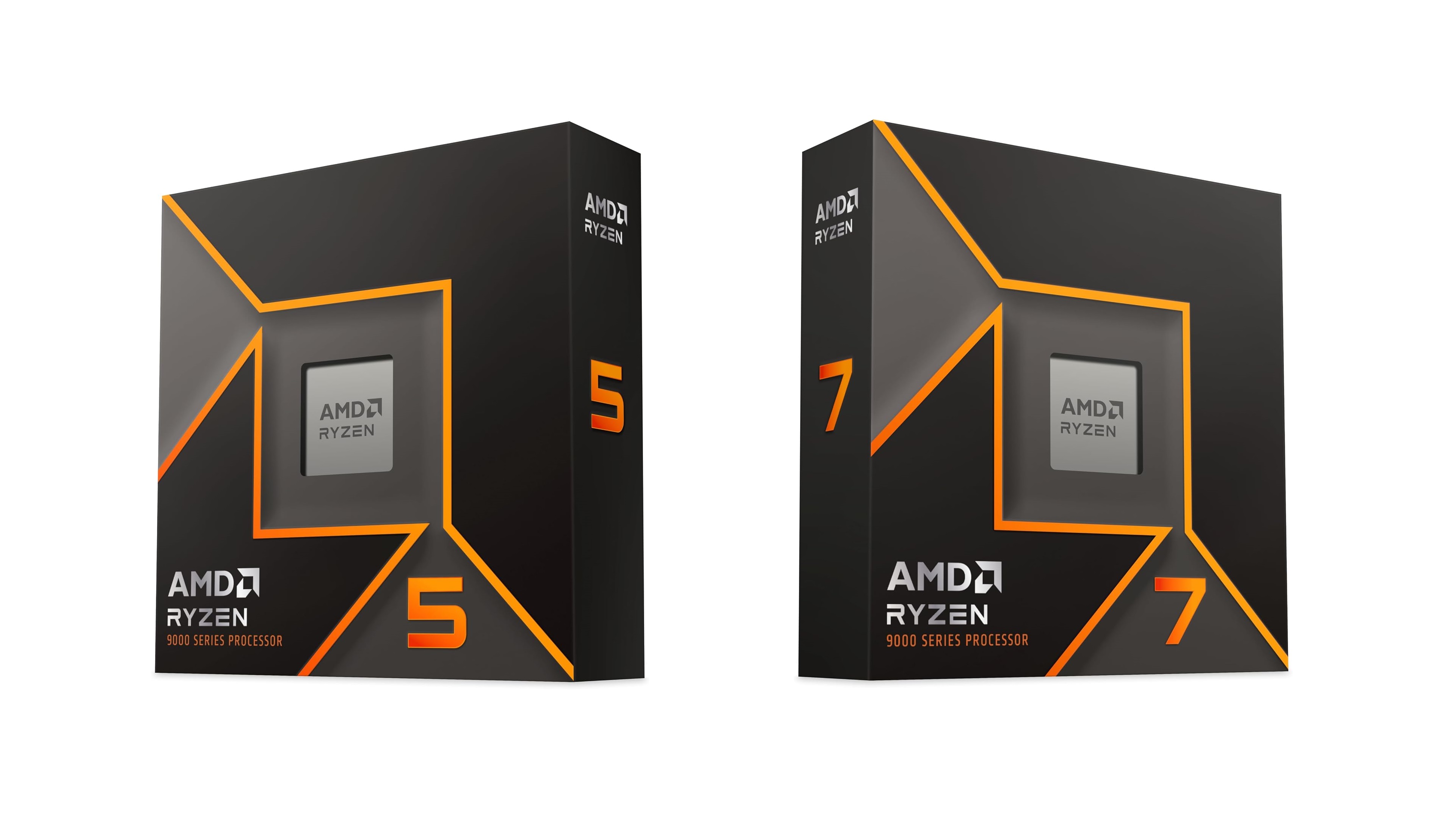These are the best overall settings for Gears of War Reloaded, ready to be dialed in on any of your RTX 40 Series GPUs.

Gears of War Reloaded has received mixed reviews regarding its gameplay. Developers didn’t fully rebuild the game in UE5; instead, they used certain aspects of the engine. Technically, they built it on a heavily modified version of Unreal Engine 3. The game has numerous issues, some of which significantly disrupt gameplay, including ghosting, object smearing, level of detail (LOD) issues, artifacting, and more.
The RTX 40 series, including the entry-level 4060, has the power to max out every aspect of the game. But that’s brute-forcing an old title rather than efficient use of hardware. Modern GPUs can surpass this game’s performance, but the settings below efficiently utilize your GPU and conserve energy. Using them won’t significantly alter the game’s look and feel.
Note: The game offers DLSS 3.5, which can be updated to DLSS 4 via the Global Override in the Nvidia app or by using DLSS Swapper. The Transformer model within the DLSS 4 model might reduce FPS numbers. The image output quality will be much superior. We highly recommend sticking with DLAA and opting out of upscaling entirely.
Also Read: Gears of War Reloaded: Best Settings for RTX 50 Series
Gears of War Reloaded: Best Settings for RTX 4060, RTX 4060 Ti, RTX 4070

The RTX 4060, RTX 4060 Ti, and RTX 4070 are three cards that are sufficient for 1080p and 1440p resolutions. There is no need to use any sort of frame generation to get more FPS. The game already has artifacting and shimmering; using FG will increase these issues further. The best way to play this game is to lock your frame rate via RTGSS. A few FPS below your monitor’s max refresh rate.
| Setting | Value |
|---|---|
| Resolution | Your Screen Resolution |
| FPS Cap | Your monitor’s max refresh |
| Default Settings Options | Custom |
| Anti-Aliasing Option | NVIDIA DLSS 3.5 |
| Resolution Scaling | Native (DLAA) |
| Texture Quality | Ultra (6GB VRAM) |
| Anisotropic Filtering | 16x |
| Shadow Quality | Medium |
| Ambient Occlusion | Quality |
| Motion Blur | Off |
| Visual Effects Quality | Medium |
| Screen Space Reflections | Medium |
| Flash Reduction | On |
Gears of War Reloaded: Best Settings for RTX 4070 Super, RTX 4070 Ti, RTX 4070 Ti Super, RTX 4080, RTX 4080 Super, and RTX 4090

The RTX 4070 Ti, RTX 4070 Ti Super, and beyond can easily drive games at 4K with DLAA without issue with these settings. Using frame generation again is not recommended, as at 4K, ghosting, artifacts, and shimmering can be amplified altogether. The reason DLAA is recommended here is that at 4K, the algorithm has a significantly larger field of play in resolving temporal issues within the image, resulting in a sharper and cleaner image to view.
| Setting | Value |
|---|---|
| Resolution | Your Screen Resolution |
| FPS Cap | Your monitor’s max refresh |
| Default Settings Options | Custom |
| Anti-Aliasing Option | NVIDIA DLSS 3.5 |
| Resolution Scaling | Native (DLAA) |
| Texture Quality | Ultra (6GB VRAM) |
| Anisotropic Filtering | 16x |
| Shadow Quality | High |
| Ambient Occlusion | Quality |
| Motion Blur | Off |
| Visual Effects Quality | High |
| Screen Space Reflections | Medium |
| Flash Reduction | On |
We provide the latest news and “How To’s” for Tech content. Meanwhile, you can check out the following articles related to PC GPUs, CPU and GPU comparisons, mobile phones, and more:
- 5 Best Air Coolers for CPUs in 2025
- ASUS TUF Gaming F16 Release Date, Specifications, Price, and More
- iPhone 16e vs iPhone SE (3rd Gen): Which One To Buy in 2025?
- Powerbeats Pro 2 vs AirPods Pro 2: Which One To Get in 2025
- RTX 5070 Ti vs. RTX 4070 Super: Specs, Price and More Compared
- Windows 11: How To Disable Lock Screen Widgets
 Reddit
Reddit
 Email
Email


